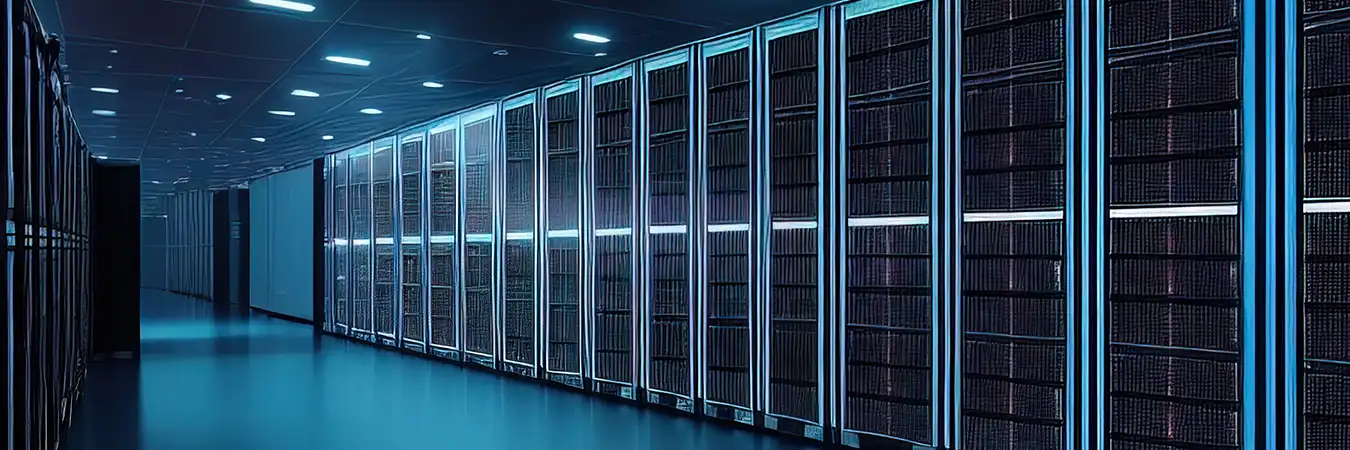When we talk about the traditional definition of a data center — it is a wide group of networked computer servers generally utilised by organisations for the remote processing, distributing, or storing of large data. For managing this primary function, a data center requires physical infrastructure elements like storage devices, networking equipment and servers to work in unison for seamless yet secure data processing and storage. Simply put, a data center can be termed as a physical facility used by organisations to house their critical applications and data safely. It is designed based on a network of computing and storage resources that helps with shared applications and data delivery.
Role of Data Center
In today's competitive global market, having an infrastructure that responds well to all futuristic needs is crucial. Therefore, when you have an IT infrastructure that's built considering tomorrow's possibility, you can:
- Secure Data: Protect, prepare and recover from cyber invasions
- Maintain Control: Manage your data and processes as per your preference and in your environment
- Adapt and scale: Respond promptly to business requirements and market differences
- Increase efficiency: enhance efficiency by making infrastructure on your behalf without being restricted to legacy hardware
- Contribute to a sustainable future: Promote sustainable IT by reducing environmental impacts by your data center
Components of Data Center
Every data center shares the same underlying infrastructure that helps to make it reliable, and consistent.
Here is a list of all the basic components
- Security: A dedicated data center gives an additional layer of physical security that is a lot better than the time when computer gear is stored in a wiring closet or other location that isn’t particularly designed for security. In a purpose-designed data center, equipment is kept safely in cabinets behind locked doors with proper protocols, ensuring equipment access to only authorised personnel.
- Network: The data center consists of devices interconnected for easy communication. Whereas network service providers enable access to enterprise applications from anywhere to provide connectivity to the outside world.
- Power: Data centers focus on delivering reliable, clean power to support 24/7 equipment operation. It further contains multiple power circuits for high availability and redundancy, supplying a backup using generators and Uninterrupted Power Supplies (UPS) batteries.
- Cooling: As we know electronics induce heat, which, if not dealt with, can become a potential reason for equipment damage. But Data centers are designed to draw the heat away, providing cool air to eliminate overheating equipment. This complicated ratio of fluid dynamics and air pressure includes consistent cold aisles where the air is pumped in and hot aisles for collecting it.
Conclusion
If you're opting for workload deployment through cloud-based data centers, system integrators like proactive data systems can help create a future-proof data center network architecture. Choose from a wide range of data center solutions that will help you satisfy your organization's goal and future projections.
